Spaghetti with pesto Trapani-style
Pesto Trapani-style is a raw sauce for adding to different types of pasta: it’s ideal during the summer months when the tomatoes are red and ripe and the basil is fresh. There are also some additional ingredients typical of Sicily and Trapani: almonds and pecorino sheep’s cheese, which should be strictly DOP (Protected Designated of Origin) and Sicilian.
Ingredients
-
garlic 1 clove
-
salt
-
extra virgin olive oil 30 millilitres

Send the recipe
Preparation
Blanch the tomatoes in boiling water for ten seconds, then drain and peel. Cut them into strips and remove the seeds. Take a kitchen mixer, a blender or food processor (such as Thermomix) and add the tomatoes, the cleaned basil leaves, almonds and garlic. Chop everything together well. Transfer everything to a bowl, add oil, salt and the pecorino cheese. Mix well. Add the pesto to pasta, spaghetti in our case, but you can also use other shapes.
Step by step
|
View the step by step

|
Blanch, peel, and remove the seeds from the tomatoes, then cut them into strips
|
|
View the step by step
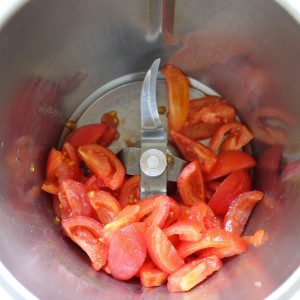
|
Put the tomatoes into the food processor
|
|
View the step by step
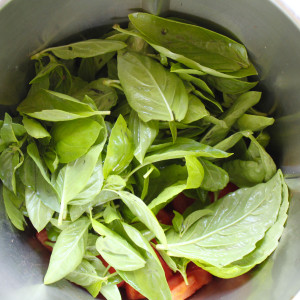
|
Add the basil
|
|
View the step by step
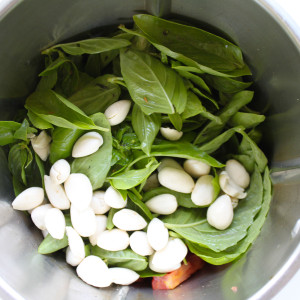
|
Add the almonds
|
|
View the step by step
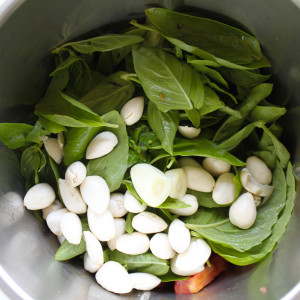
|
Add the garlic
|
|
View the step by step
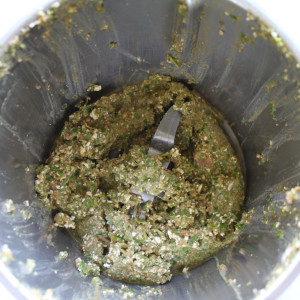
|
Blend everything together, one minute is enough
|
|
View the step by step
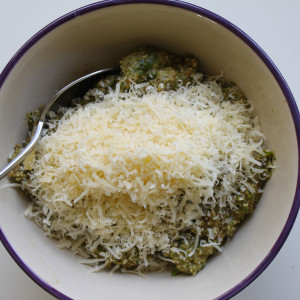
|
Add the pecorino cheese
|
|
View the step by step
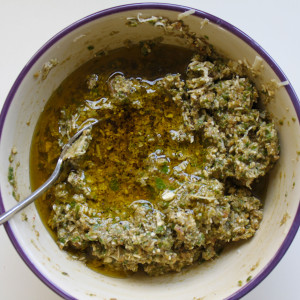
|
Add the extra virgin olive oil and salt
|
|
View the step by step
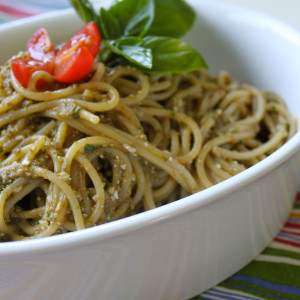
|
Add the pesto to the pasta
|




